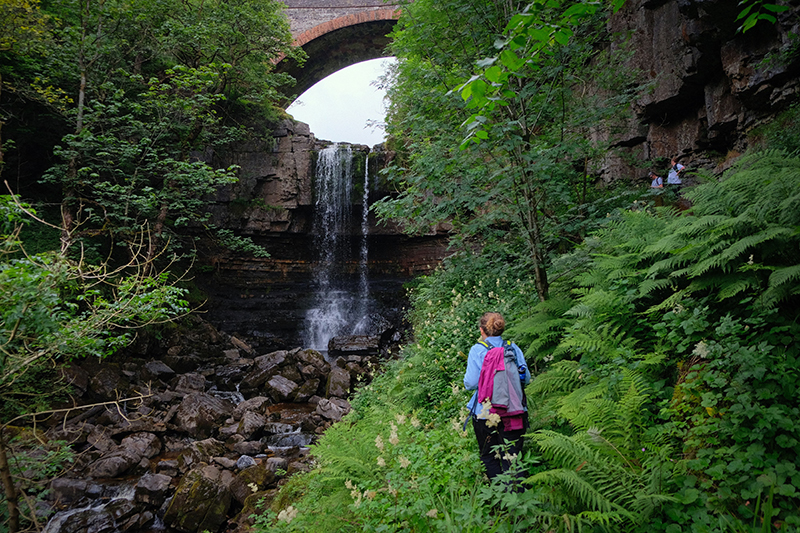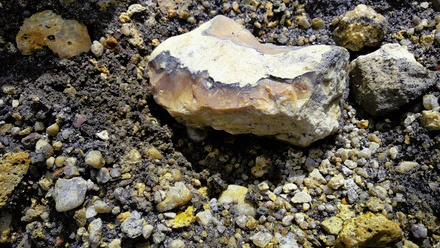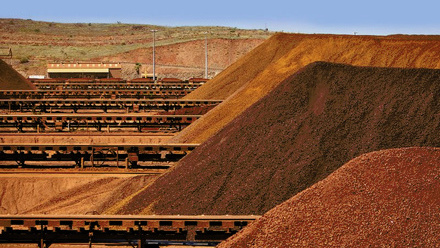Cumbrian river project prevents mining metal pollution
The Tyne Rivers Trust project has reduced the amount of metal waste from former lead mines in the North Pennines.

Erosion from a tributary of the River South Tyne was causing metal rich sediment from the former Whitesike and Bentyfield mines to enter Garrigill Burn, causing pollution.
The Environment Agency and Coal Authority say the work to rebuild the embankments prevents sediment entering the Burn that has very high concentrations of metals such as lead, cadmium and zinc.
The £380k, three-month project reuses the stone that had collapsed - much as they were originally installed by miners in the 1800s.
The erosion of metal-contaminated soils has also been reduced by installing leaky dams, drainage pipes and a rock ramp to slow the water flow from fells or divert it.
The work is part of the Water and Abandoned Metal Mines programme, led in partnership by the Environment Agency and Coal Authority and funded by Defra.
The Coal Authority and Environment Agency say that the legacy of local mining can be seen for up to 60km along the river, with impacts on water and sediment quality, as well as aquatic life.
The Water and Abandoned Metal Mines programme says that metal mine pollution affects around 1,500km of rivers in England, 330km in the North East.
This site is a Scheduled Monument, a Site of Special Scientific Interest and the first diffuse intervention project to be completed since the government set new targets in January this year to halve the length of rivers polluted by harmful metals from abandoned metal mines by 2038.







